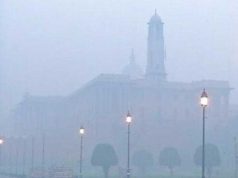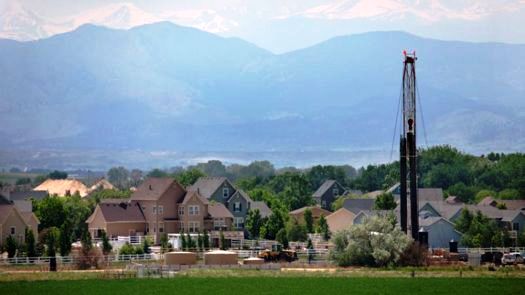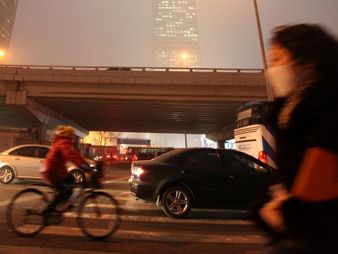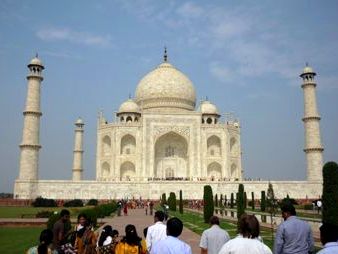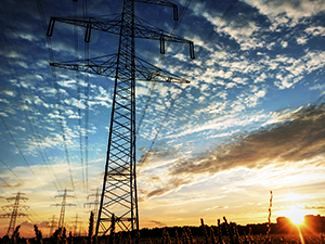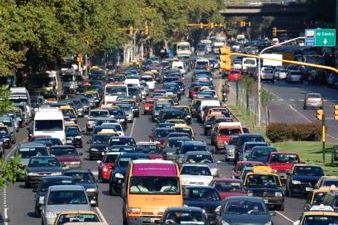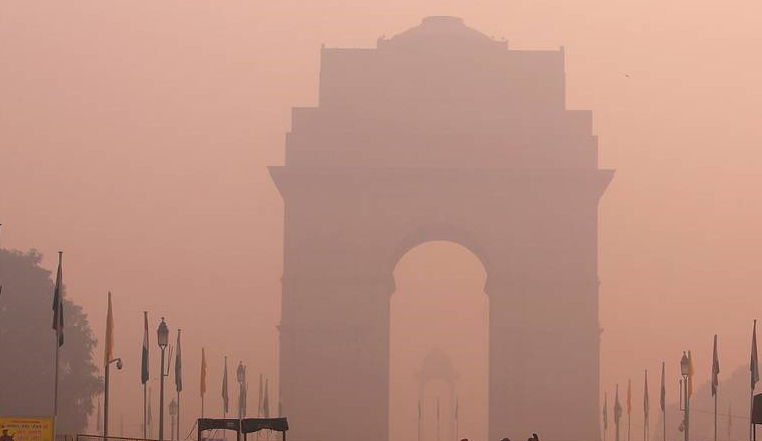
-
Health emergency as pollution peaks after Diwali.
-
Delhi government must issue health alerts and warn children and vulnerable to stay indoors.
-
Emergency action as well as more permanent measures needed to save lives.
New Delhi – As visibility remains poor and the city chokes its way through a haze, Centre for Science and Environment (CSE) has pressed the alarm buttons on one of the worst smog cases in many years in Delhi. CSE experts say that as per the India Meteorological Department, the smog on November 2, 2016 was the worst in 17 years.
“This demands emergency response to protect the vulnerable – those who are suffering from respiratory and heart diseases and children. The government should aggressively inform all and advise them to stay indoors and avoid outdoor exercises. At the same time, it should roll out stringent winter pollution control for all sources along with emergency action” said Anumita Roychowdhury, Executive Director (Research and Advocacy), CSE and Head of CSE’s air pollution and sustainable mobility teams:
The CSE analysis of available official data brings out the following:
Post-Diwali peak of pollution is higher than the Diwali peak.
- The analysis of data from Delhi Pollution Control Committee shows that the levels of PM2.5 have increased by 62.7 per cent on November 2 as compared to that on Diwali. On November 2, the levels were 9.4 times the standard.
- On the night of November 1, (12 am to 6 in the morning of 2nd November), the PM2.5 concentration had hit 548 microgramme per cubic metre (cu m) – 9 times the standard. The following day (November 2), PM2.5 concentration (6 am to 12 noon) increased to 696.25 microgramme per cu m – 11.6 times the standard. The morning concentration was 27.1 per cent higher compared to the night time concentration. The hourly averages were as high as 800-900 microgramme per cu m.
- According to SAFAR, the PM2.5 levels are in severe category and are expected to remain in this category for more than three days.
Worst ever smog in 17 years – November 2, 2016
According to the Indian Meteorological Department, this is the worst smog with very poor visibility in 17 years. The Indira Gandhi International Airport in Delhi recorded the worst levels of smog in 17 years on November 2, with visibility as low as 300-400 metres. The period between 11AM and 2:30 PM was the worst in the day with respect to airport visibility. The post-Diwali smog reduced the visibility there to 800-1,200 m since October 30. Pollution during Diwali, other sources of pollution along with weather-related factors lead to such abnormal levels.
Meteorological scientists explain that lower level anticyclone—a weather phenomenon which prevented the dispersion of smog— developed around Delhi on November 2, 2016. There was virtually no wind in the vertical column. This situation is expected to persist for few more days.
The Central Pollution Control Board has already warned that the average wind speed this year on Diwali day was much less — 1.3 m/s compared to last year’s 3.4 m/s. Also, the mixing height this year was 492 meters whereas in 2015 it was 590 meters. The lower wind speed and mixing height do not allow wind to disperse quickly leading to higher concentration of pollutants.
Unending paddy burning in Punjab, Haryana and Uttar Pradesh
Satellite images of NASA’s fire mapper have showed that incidences of paddy burning in Punjab, Haryana and Uttar Pradesh have increased after Diwali. The images clearly revealed that after October 30, 2016, crop burning in Punjab, Haryana and Uttar Pradesh became more aggressive which would have contributed to the severe smog in the national capital.
“Delhi needs strong action to protect people from such deadly exposure. Immediately step up action and put out hard health evidences and heath alerts in the public domain to sensitise people about the harmful effects of smog and push action. Delhi needs an effective winter pollution mitigation plan that can make a difference. Without strong action smog is only expected to get worse this winter at serious public health costs”, said Roychowdhury.
CSE issued guidance to various agencies to take urgent action on the worsening scenario.
- Issue daily health advisory to people: India has already adopted a system of issuing health advisories along with its air quality index. But this is not being utilised to issue alerts to people. It clearly states that not only those who are ailing are extremely vulnerable at the current level of pollution, but also the general public who can develop a host of symptoms.
- Issue official advice to children and ailing to stay indoors: Health advisory needs to inform people to keep children and those suffering from heart and respiratory ailments and chronic obstructive pulmonary disease (COPD) indoors and avoid outdoor exercises. Schools should be shut if necessary. Children are more vulnerable. Children have poor defense mechanism. Their ability to metabolise and detoxify environmental agents is different. Given their hyper level of physical activities, they inhale more volume of air than adults and therefore breathe in more pollution. Joint studies of Central Pollution Control Board and the Chittaranjan National Cancer Research Institute from Kolkata have shown that every third child in Delhi has impaired lungs. At their growing age due to greater level of physical activity they inhale more volume of air and therefore more pollution.
- Need pollution emergency plan to cut peak pollution levels: The government must announce slew of emergency actions. It needs measures to reduce vehicle numbers, shut down the Badarpur power plant, and take very stringent action on waste burning, construction activities, and ban on fireworks in all social events during winter.
- Roll out short-to-medium term action for enduring change: This year has been a lost opportunity with regard to short-to-medium term measures. Apart from restrictions on truck entry, no other action has been initiated — especially on public transport, walking and cycling, parking restraints and other measures related to other pollution sources. This cannot be delayed any further. A time-bound action plan will have to be rolled out immediately.
- Need inter-state cooperation and intervention of the Central government to control farm fires in Punjab and Haryana: The action directed by the Supreme Court as well as the National Green Tribunal related to subsidy for farmers to buy appropriate technology that will prevent burning of straw as well as the infrastructure for reuse of straw should be put in place very quickly. This needs financial support from the Central as well as state governments.

